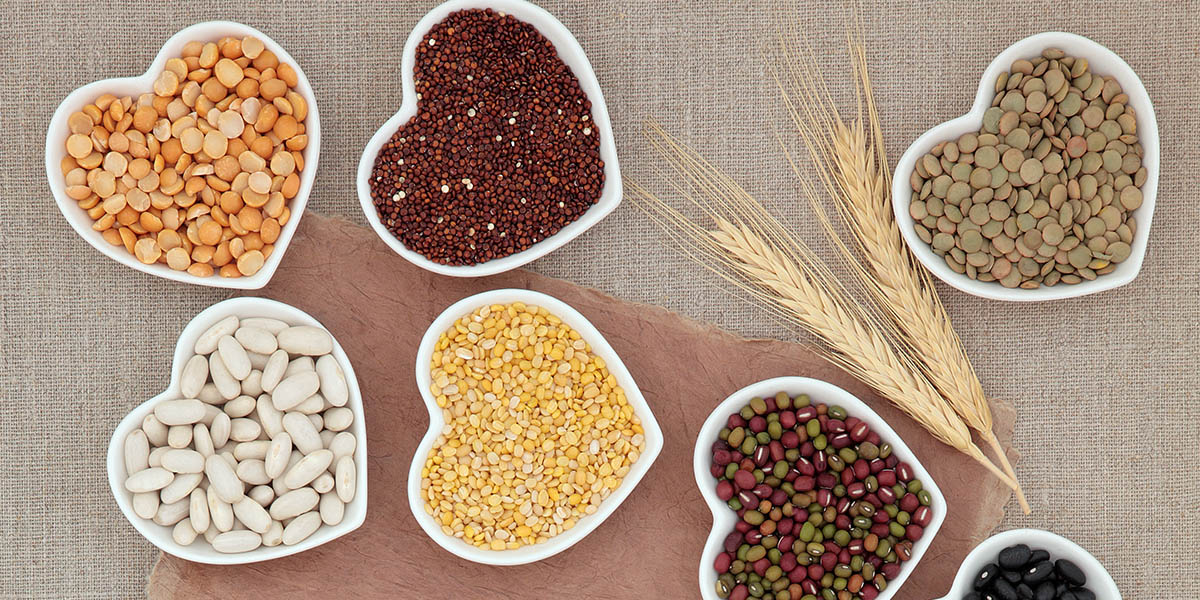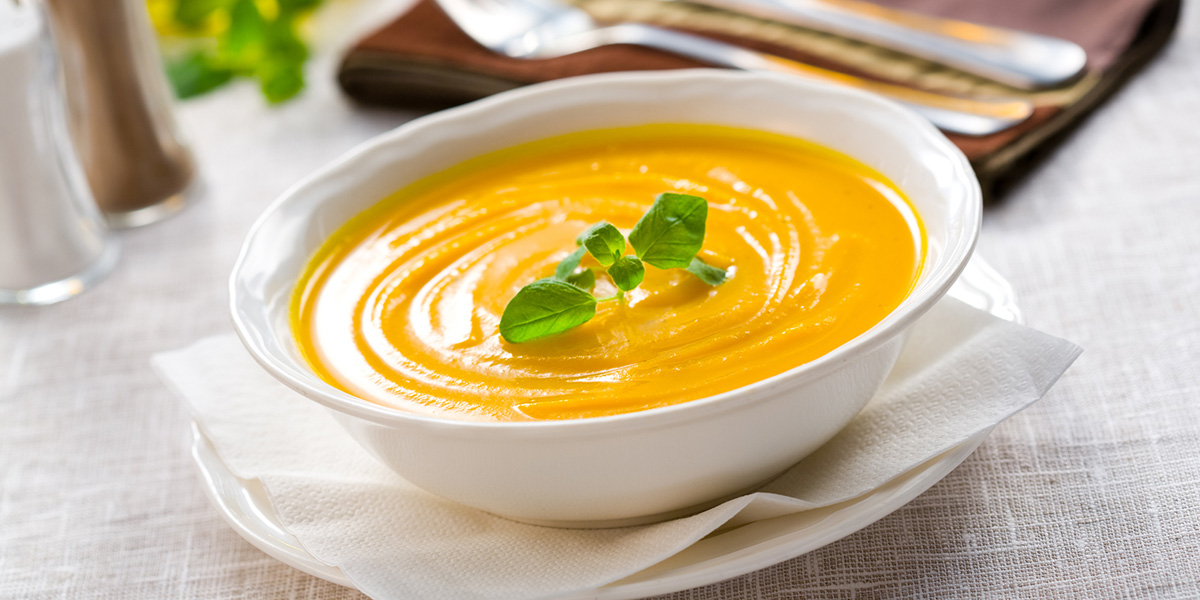
What do you mean you’re eating clean?
I must confess that “eating clean” is not one of my favorite phrases these days.
Whenever someone tells me they are trying to “eat clean” I always have to ask what that means to them, and because there is no standard definition of eating clean, the answers vary widely.
For many, “no processed foods” are a part of their cleanup efforts. I get responses like “no foods from a box,” “nothing packaged,” “only fresh foods,” and “only foods from the perimeter of the supermarket” rather than down the aisles.
Focusing on eating more fruits and vegetables while including some lean meats and low-fat dairy products is the goal for many, and a few are trying a vegetarian lifestyle. Additional replies include “increasing whole grains,” and yet a growing number of people are wiping out gluten.
The truly ambitious are attempting the raw food diet.
Are you as confused as I am?
Let's start by defining the term “eating clean.” To most, eating clean means eating for better health.
We know that diet can play an important role in the prevention of heart disease, cancer, stroke, diabetes and obesity. Evidence is emerging on the role of nutrition in many other diseases. With that in mind, we should all be trying to eat clean.
If tasked with rating clean eating efforts, here is how I would sort the list:
- Eat more fruits and vegetables — Thumbs up. Fruits and vegetables are filled with vitamins, minerals, fiber and disease-fighting antioxidants. As a dietitian, I rate fruits and vegetables as the perfect foods. Choose a variety for the most benefit.
- Eat less meat — Thumbs up. This does not have to mean completely avoiding meat; however, it does mean limiting meat choices to small portions of lean meats prepared without added fats. Decreasing the amount of meat, you eat helps to strip out saturated fats and excess calories.
- Go vegan — Thumbs up. There is evidence that a plant-based, or vegan, diet provides many health benefits, including the prevention of heart disease, certain cancers, obesity and diabetes. If you are resolved to the ultimate clean sweep, give it a try. Choose beans, nuts and soy products (tofu, tempeh, edamame) instead of meat. For dairy substitutes, try almond, cashew, soy, rice or coconut milks, and vegetarian cheeses and yogurts.
- Eat more whole grains — Thumbs up. Seek out pure grains, including wild rice, oats and quinoa. Whole grain breads, cereals and pastas can also be part of a healthy diet in moderation. These foods are a valuable fiber source and contain vitamins and minerals.
- No processed foods — Thumbs up and down. Cooking, canning, freezing, packaging and fortifying are considered processing food. When I hear “nothing from a box” or “nothing packaged,” I think about whole grain cereals, brown rice, whole grain breads, dried beans, frozen vegetables, canned and dried fruits, and the many other items that are not necessarily “fresh” and usually not located on the perimeter of most supermarkets. These foods can (and should) be used as a part of healthy diet. However, if the ingredient list on your packaged food contains words you have never heard and cannot pronounce, it's probably best to pass them by.
- Go gluten free — Thumbs down. Gluten free is not required unless medically indicated. This diet is used in cases of gluten intolerance or Celiac disease. A gluten free diet can be nutritionally adequate, however, it can unnecessarily limit good, convenient sources of fiber. Unless medically advised to the contrary, an intake of 25 to 38 grams of fiber each day is recommended and most Americans already fall short.
- Avoid white foods — Thumbs up and down. While foods made with white flour and sugar should not be a significant part of eating clean, not all bleached foods should be washed out. Onions, cauliflower and potatoes, to name a few, are all pristine choices.
- Follow the “raw foods diet” — Thumbs down. If you don't like cleaning your oven and stove, this may be the diet for you, but “eating raw” is neither necessary nor advised. In fact, this diet can actually be unsafe as it mandates that foods be heated no higher than 118 degrees. Keep in mind that heat not only destroys harmful bacteria, but in some foods, heat actually enhances nutritional value. In addition, this diet is difficult to follow, and long-term compliance is unlikely.
Some other tips:
Portion control is key. Too much (even of a good thing) is still too much. Consuming excessive calories can lead to weight gain and the accompanying health issues.
Adding unhealthy fats, sweeteners and salt can sabotage your accomplishments. For the best result, keep these to a minimum.
It does not have to be spring to start straightening up, so get started now on cleaning up what you eat.
Carole Mabry, MS, RD, LD, is a registered dietitian with Spartanburg Regional Healthcare System.












